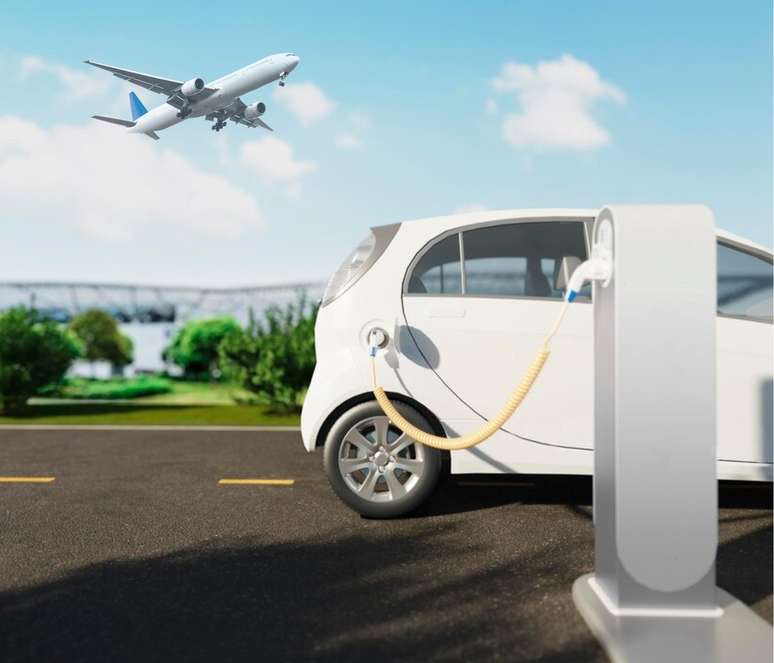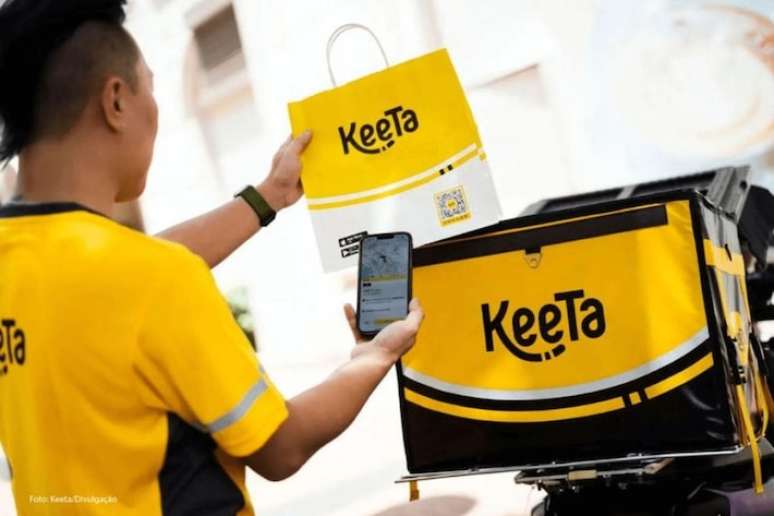Brazil already has 300,000 light electrified vehicles on the road. The lithium-ion batteries used are considered dangerous goods and require specific transportation
With the increase
of the national market for electric and electrified vehicles and the increase in tax rates
for imports, announced by the government starting in July 2024, major Chinese manufacturers such as Neta, BYD and GWM are already preparing to produce in Brazil, starting at the end of the year. The growth of this sector must be proportional to the growth of the supply chain and logistics sector to ensure that the production of electric and electrified vehicles keeps pace with demand. Data from the Brazilian Electric Vehicle Association (
) show that the electric mobility market is here to stay and tends to grow only in Brazil. The first half of 2024 recorded a total of 79,304 light electrified vehicles sold, an increase of 146% compared to the 32,239 in the first half of 2023. In total, the country has reached the threshold of 300 thousand light electrified vehicles in circulation. Electrified includes all technologies: BEV (
Battery electric vehicles
(its acronym in English) which are 100% electric, the PHEVs
(Plug-in Hybrid Electric Vehicles)
plug-in hybrid electric, HEV
(Hybrid Electric Vehicles)
flex and petrol (not plug-in) and micro-hybrids MHEV, with a low degree of electrification. The excellent momentum of electromobility in Brazil also brings challenges for the logistics of this sector. In the assessment of the specialist in emergency and high-performance logistics, Marcelo Zeferino, CCO at
Although electric vehicles have fewer components in the production chain than traditional vehicles, the specificities of the segment require integrated, technological and high-performance logistics. “The battery of electric vehicles, for example, in addition to being the most valuable component, falls into the category of dangerous goods, as it is composed of lithium ions, which are highly flammable. Its transport and handling require operators with specific licenses and essential care,” explains the specialist. Marcelo Zeferino also recalls that high-performance logistics is essential for the start of the production of electrified vehicles in Brazil, covering everything from the supply chain, input acquisition, interaction between suppliers and customers, storage and inventory control, transportation, storage safety, distribution and marketing. Logistics companies are investing in new technologies to integrate traceability and visibility strategies, reducing risks and increasing the operational efficiency of the sector. “The automotive industry must maximize risk management, since any failure can be fatal for the company due to the complexity of its production chain,” emphasizes logistics specialist Marcelo Zeferino
TRACEABILITY
– Some logistics operators are already working with routing software, predictively managing the path of a truck or plane during the transport of components to factories. This information is transmitted in real time to the factory floor, avoiding production downtime and enabling more assertive decision-making. “A
a company that deals with B2B emergency logistics, for example, was one of the pioneers in the country to have an APP
of load also used by the automotive industry”, comments specialist Marcelo Zeferino. The system, launched in 2009, allows the customer to view all phases of their load 24 hours a day via APP, computer or tablet. The process is carried out with advanced technology and RFID tools that provide real-time information on the location of the load, movement alerts, temperature variations (in the case of batteries), speed control, route deviation alerts, fault indicators and accurate delivery forecasts.
Website: http://www.prestex.com.br
Source: Terra
Rose James is a Gossipify movie and series reviewer known for her in-depth analysis and unique perspective on the latest releases. With a background in film studies, she provides engaging and informative reviews, and keeps readers up to date with industry trends and emerging talents.


![Un Si Grand Soleil Preview: Episode Summary for Wednesday, October 22, 2025 [SPOILERS] Un Si Grand Soleil Preview: Episode Summary for Wednesday, October 22, 2025 [SPOILERS]](https://fr.web.img2.acsta.net/img/0e/67/0e6770bb5a7db892123914fb7afca318.jpg)


-1hbghh2apxaux.png)
